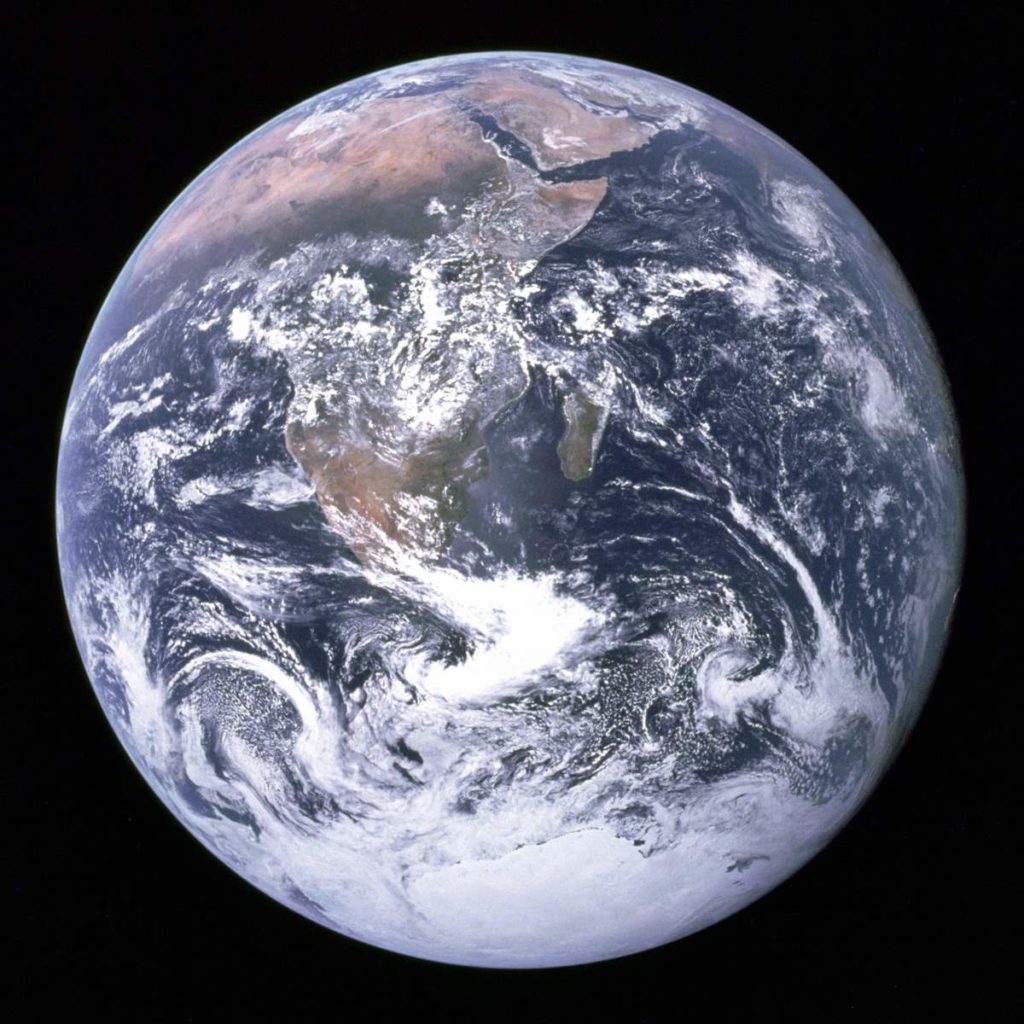The Earth rotates from west to east with a linear velocity of 465.1013 m/s (1674.365 km/h) at the equator. But what would happen if the Earth stopped rotating abruptly? Online magazine Tech Insider presented a video demonstrating the development of events in this case.
In particular, all objects “would continue” their movement, having developed thus speed more than 1500 km/h. There would be a strong wind, as strong as the one caused by an atomic blast, that would immediately lead to a giant tsunami. A length of a day now stretches for a year: first six months without ceasing to shine the sun, and then those who can survive in record heat and drought, for another half-year, would plunge into darkness and frost.
What’s more, the Sun would now rise in the west and set in the east – just once a year. Due to gravity, the oceans would move to the poles – where the Earth’s gravity is strongest, and the land would be distributed along the equator. And, finally, the last survivors would be killed by solar radiation – because the Earth would eventually lose its magnetic field.
Watch: what if the Earth stopped rotating?
Some facts about Earth’s rotation
- During the rotation of the Earth, only two points remain stationary around its axis: the North and South Poles. If you connect them with an imaginary line, you get an axis which the Earth rotates around. What is more, the Earth’s axis is not perpendicular but is tilted at an angle of 23.5° to the Earth’s orbit.
- The Earth rotates around its axis at a speed of 465 m/s, or 1,674 km/h. This speed is on the equator. The farther from the equator, the lesser is the speed. This is why NASA launches rockets from Florida.
- Earth rotates eastward, in prograde motion (from west to east). If you look at the Earth from above, in the direction of the North Pole, it will rotate counterclockwise.
- Every year, the Earth’s course slows down by an average of 4 milliseconds. Astrophysicists associate this phenomenon with the Moon attraction, which, as is known, affects the ebbs and tides on our planet. So, when they occur, the Moon seems to be trying to draw water to itself, moving it in the direction opposite to that of the Earth. Because of this kind of counteraction at the bottom of the reservoirs, an insignificant frictional force appears, which, in accordance with the laws of physics, slows down the speed of the Earth’s motion. In other words, the Earth’s rotational momentum is constantly being transferred to the Moon’s orbital momentum. The moon is very slowly increasing its orbital radius – at a rate of about 4 centimeters (1.5 inches) per year. This means that in around 600 million years, the Moon will no longer be big enough in the sky to cause a total eclipse of the Sun.

The slowing rotation of the Earth results in a longer day as well as a longer month. Once the length of a day equals the length of a month, the tidal friction mechanism will cease. That’s been projected to happen once a day and the orbiting period of the Moon around Earth both equal about 47 (current) days, billions of years in the future. If the Earth and Moon still exist, the Moon’s distance will have increased to about 135% of its current value.
Sources
- Is the Earth’s rotation slowing down? on physlink.com
- Space Shuttle Endeavour’s Touchdown Meets Columbia’s Salute [An amazing photo from the past] - February 29, 2024
- Moon Landings: All-Time List [1966-2024] - February 23, 2024
- From Orbit to Ordinary: 10 Earthly Applications of Space Technology - January 23, 2024

